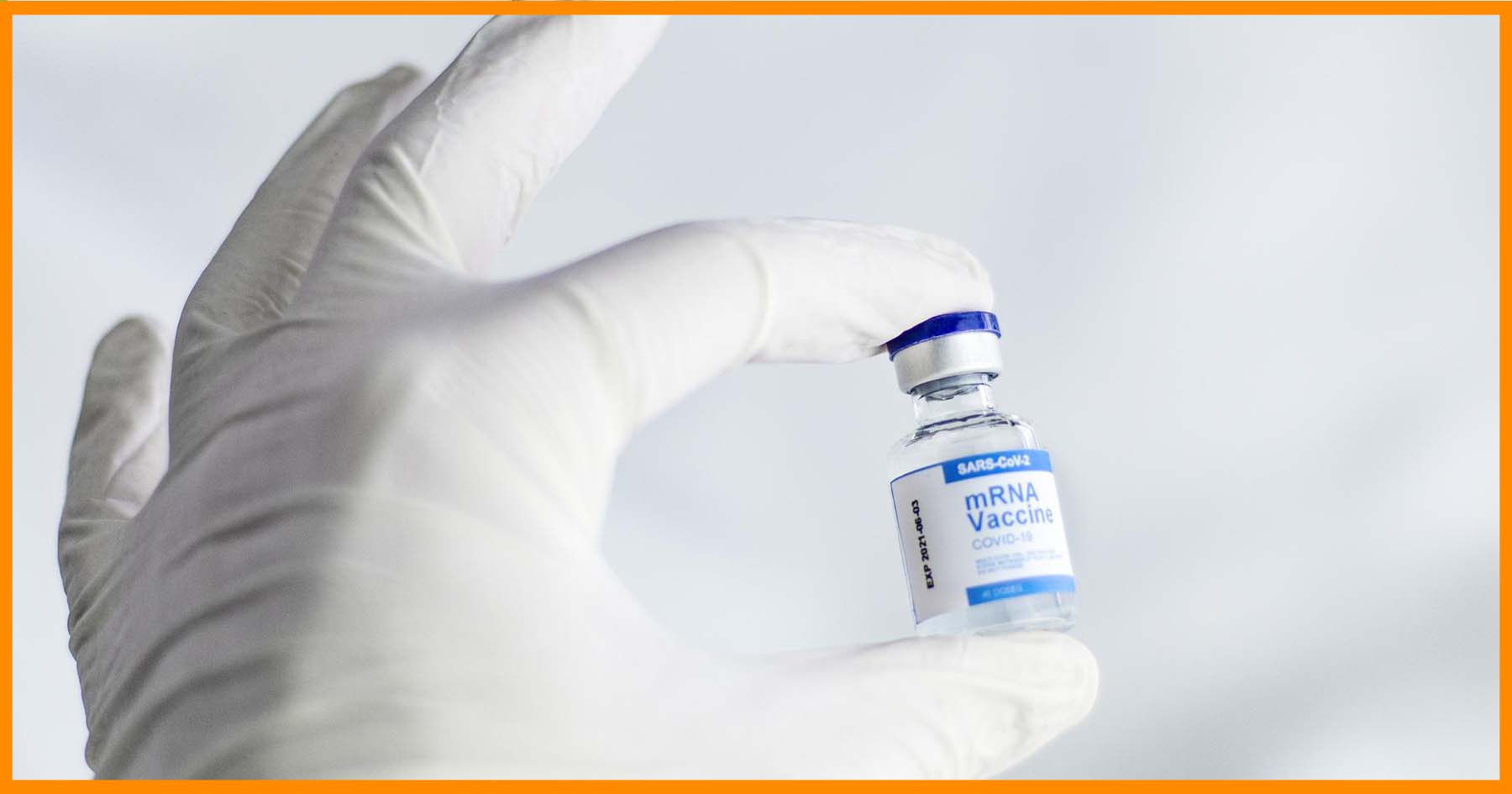What is COVID-19?
According to the DOH, the novel coronavirus is a new strain of coronavirus that has not been previously identified in humans. The novel coronavirus has caused severe pneumonia in several cases in China and has been exported to a range of countries and cities.
Last February 12, 2020, the World Health Organization (WHO) announced that the novel disease is officially called Coronavirus Disease 19 or COVID-19, and the virus infecting it is referred to as COVID-19 virus.
What are the symptoms of COVID-19?
According to WHO, the most common symptoms of COVID-19 are fever, tiredness and dry cough. Few patients experience aches and pains, nasal congestion, runny nose, sore throat or diarrhea. Patients usually have mild symptoms that start gradually. Most patients recover without needing any special treatment. Only around 1 of 6 patients manifest with difficulty breathing and become seriously ill.
Some people, however, become infected but don’t develop any symptoms and don’t feel unwell.
On the other hand, older people and those with underlying medical conditions such as high blood pressure, heart problems or diabetes are most likely to develop severe or critical form of COVID-19.
Is COVID-19 fatal?
According to a DOH post made on their website as of March 9, 2020, COVID-19 could be fatal, but this happens rarely. According to WHO, 82% of infected patients will have mild presentations, 15% will have severe manifestations, and only 3% will be critical. As mentioned, older people, people with compromised immune systems, and people with pre-existing medical conditions, such as diabetes and heart disease, are more prone to fall severely ill with the virus. Around 2% of people infected with the disease have died.
What are the recovery chances after contracting COVID-19?
Recovery chances are high and could be realistically expected. Worldometer is tracking cases of the disease. According to their latest post on 7:00AM, Philippine time, March 9, 2020, 94% of the closed cases of those infected eventually recovered while only 6% have died.
Who should get the most attention during the COVID-19 outbreak?
The elderly belong to the group that have the most risk, thus, they are to be the main recipients of preventive measures. According to Worldmeter’s latest post on 7:00AM, Philippine time, March 9, 2020, the following graph their fatality rate by age group:
| Age Group | DEATH RATE | |
| confirmed cases | all cases | |
| 80+ years old | 21.90% | 14.80% |
| 70-79 years old | 8.00% | |
| 60-69 years old | 3.60% | |
| 50-59 years old | 1.30% | |
| 40-49 years old | 0.40% | |
| 30-39 years old | 0.20% | |
| 20-29 years old | 0.20% | |
| 10-19 years old | 0.20% | |
| 0-9 years old | no fatalities | |
See Worldometer current tracking results: Coronavirus stats via Worldometer
What to do to avoid catching COVID-19?
According to DOH, handwashing is the most effective means of preventing all virus infections including COVID-19.
Further, DOH advises the public to practice protective measures. It is still the best way to protect oneself against COVID-19.
-
- Practice frequent and proper handwashing – wash hands often with soap and water for at least 20 seconds. Use an alcohol-based hand sanitizer if soap and water are not available.
- Practice proper cough etiquette.
- Cover mouth and nose using tissue or sleeves/bend of the elbow when coughing or sneezing.
- ii. Move away from people when coughing.
- iii. Do not spit.
- iv. Throw away used tissues properly.
- v. Always wash your hands after sneezing or coughing.
- vi. Use alcohol/sanitizer.
- Maintain distance of at least one meter away from individual/s experiencing respiratory symptoms.
- Avoid unprotected contact with farm or wild animals (alive or dead), animal markets, and products that come from animals (such as uncooked meat).
- Ensure that food is well-cooked.
Find out more about COVID-19 from DOH here: Frequently Asked Questions about COVID-19
By: Armando M. Bolislis














